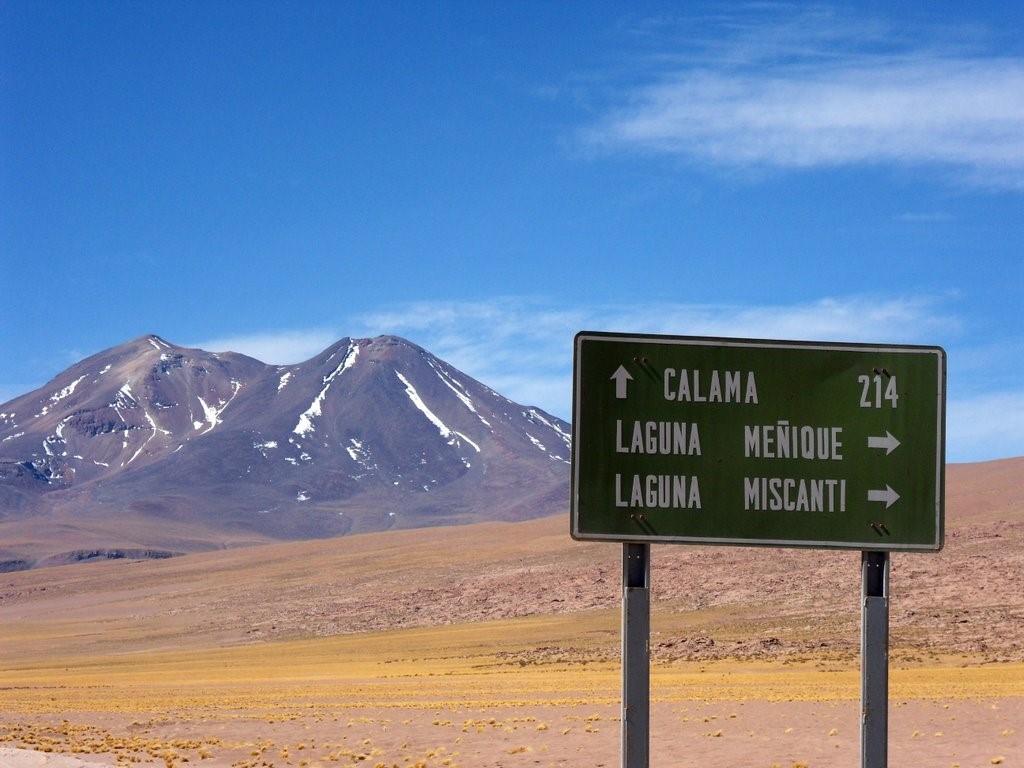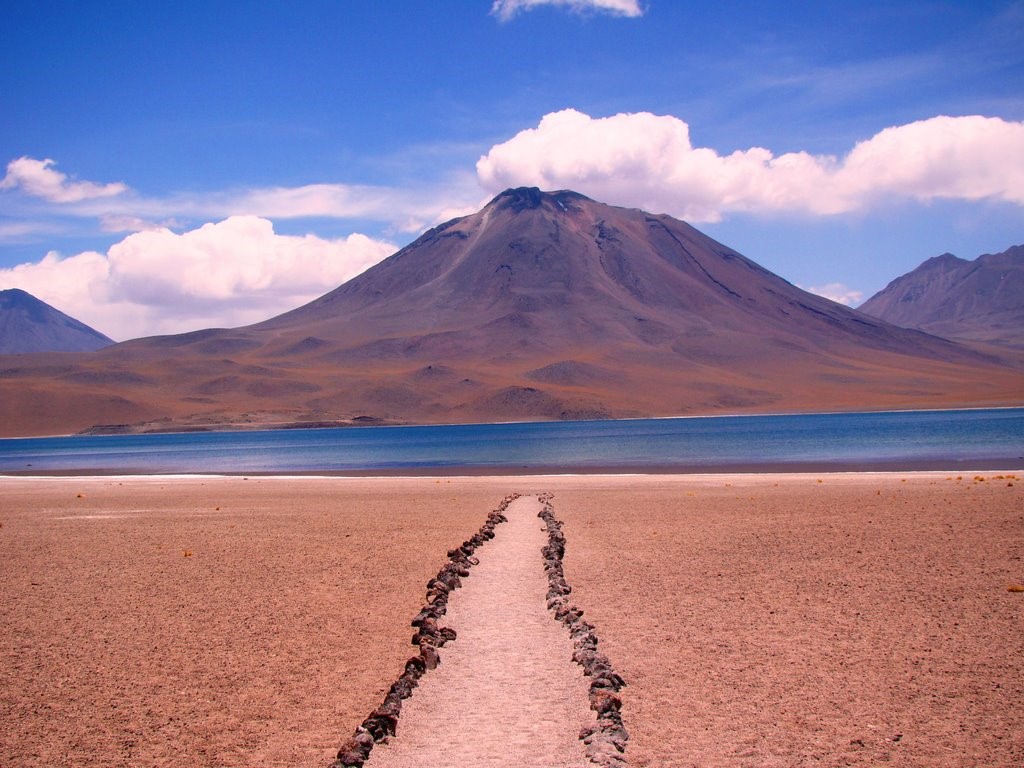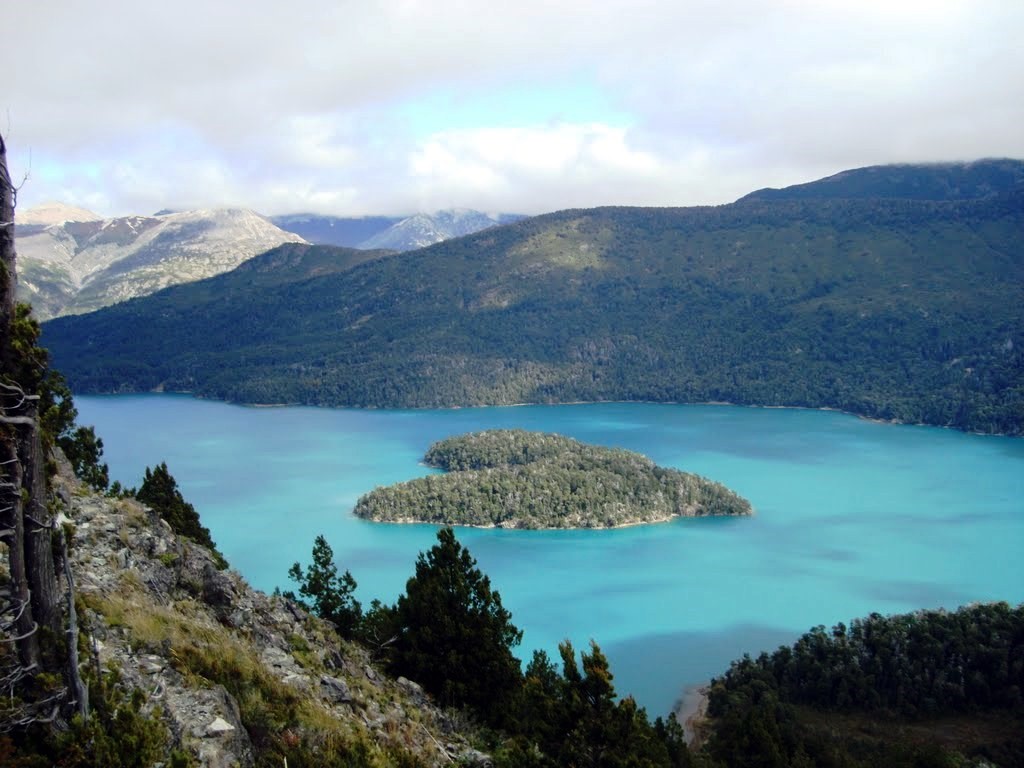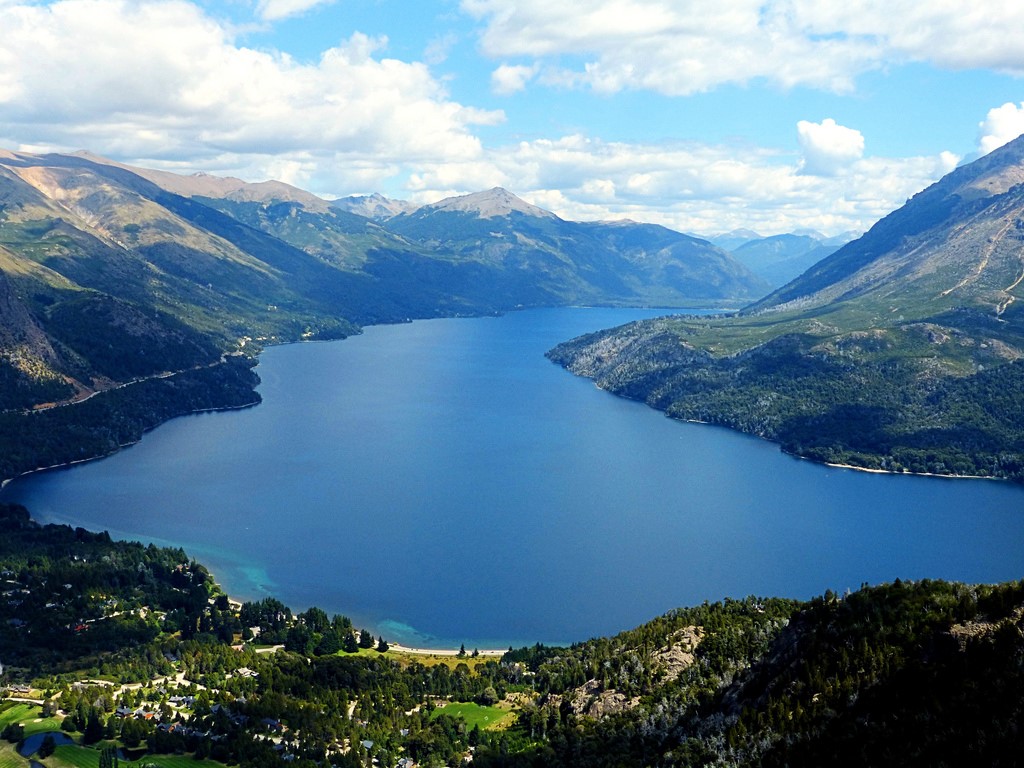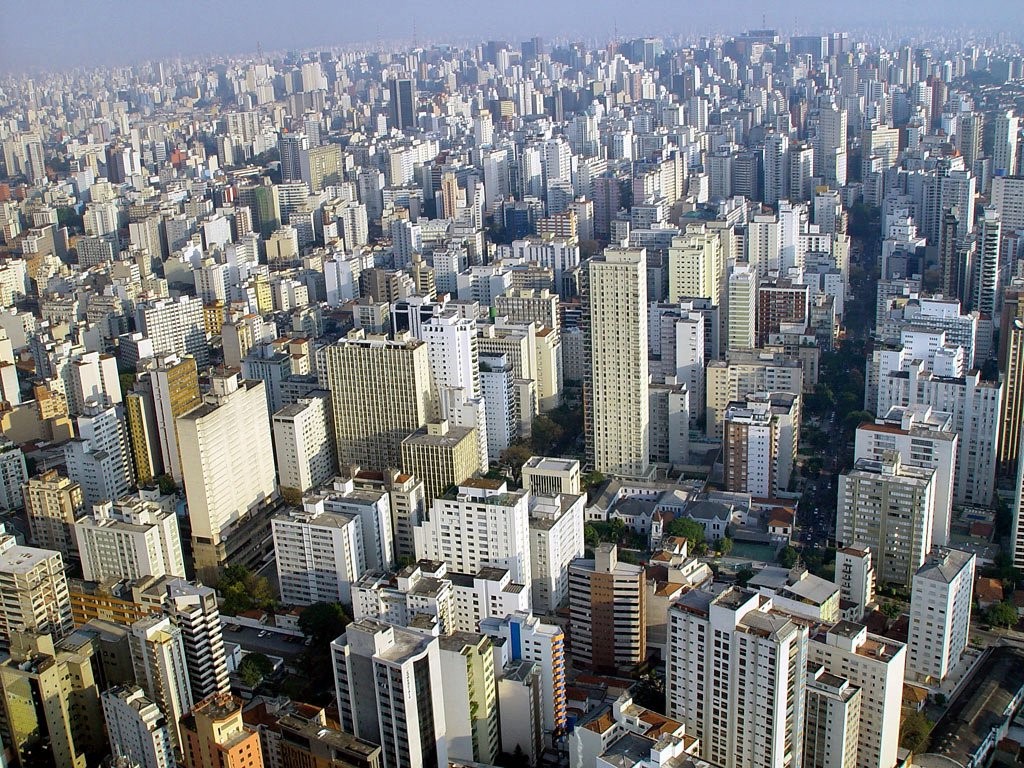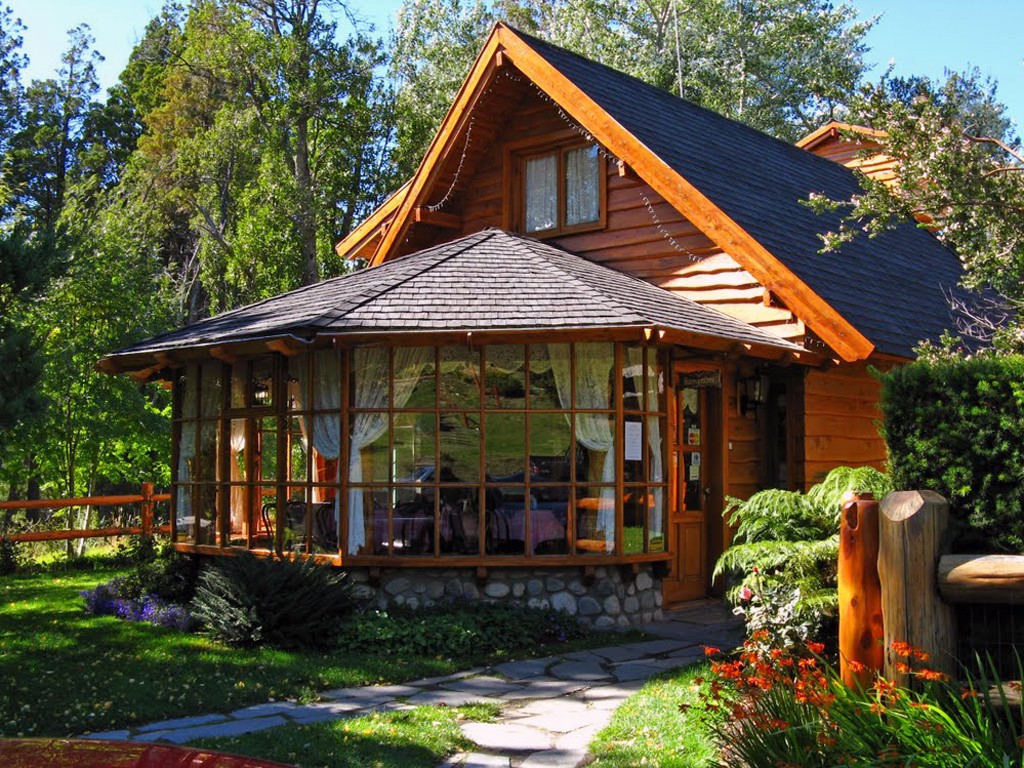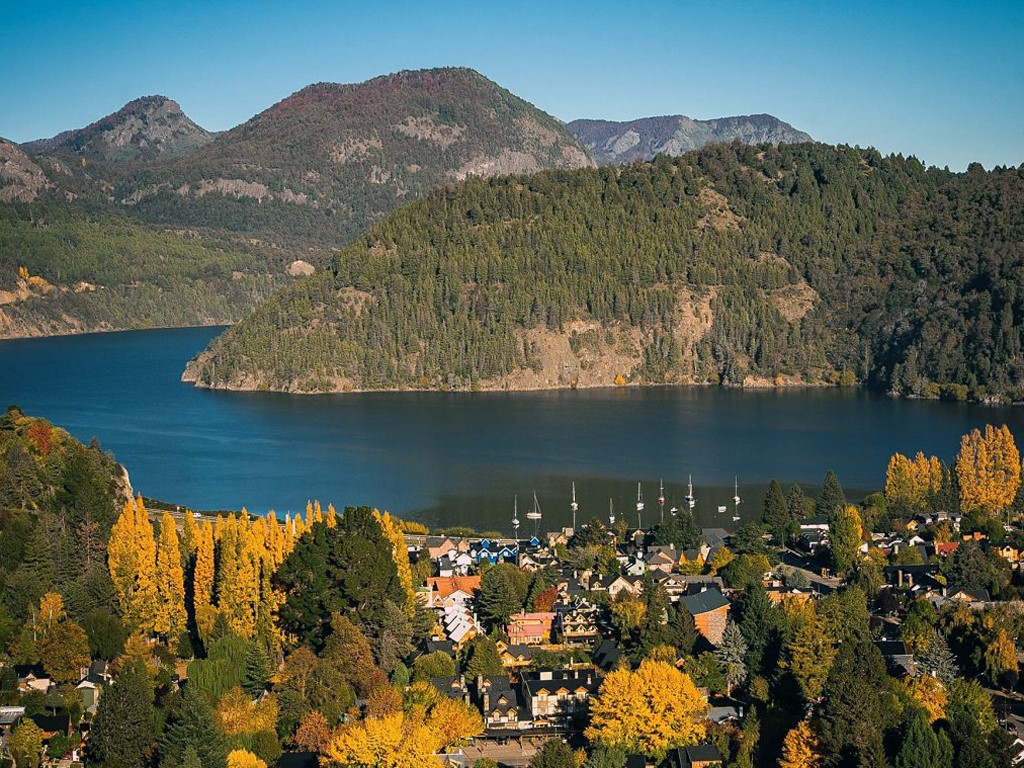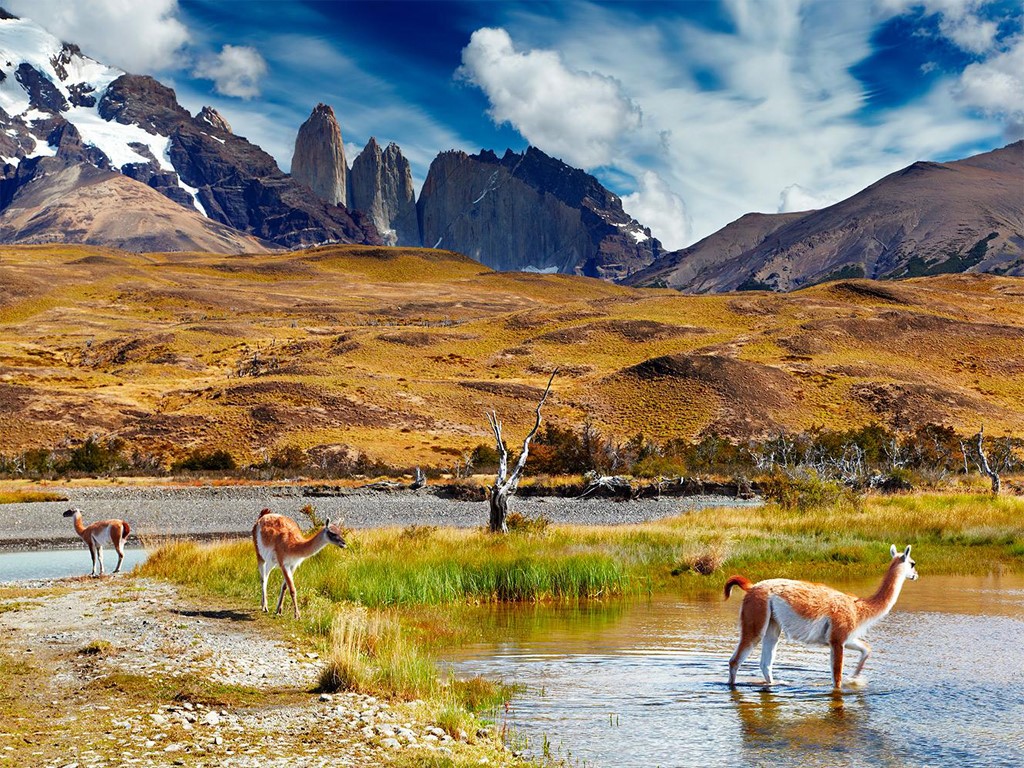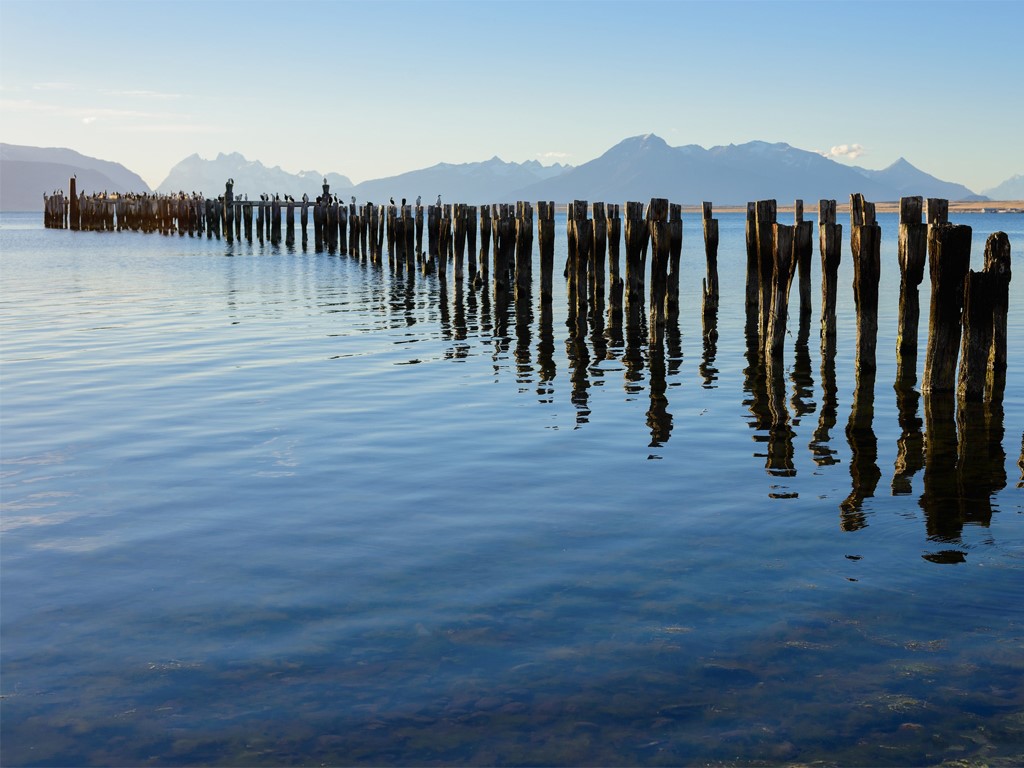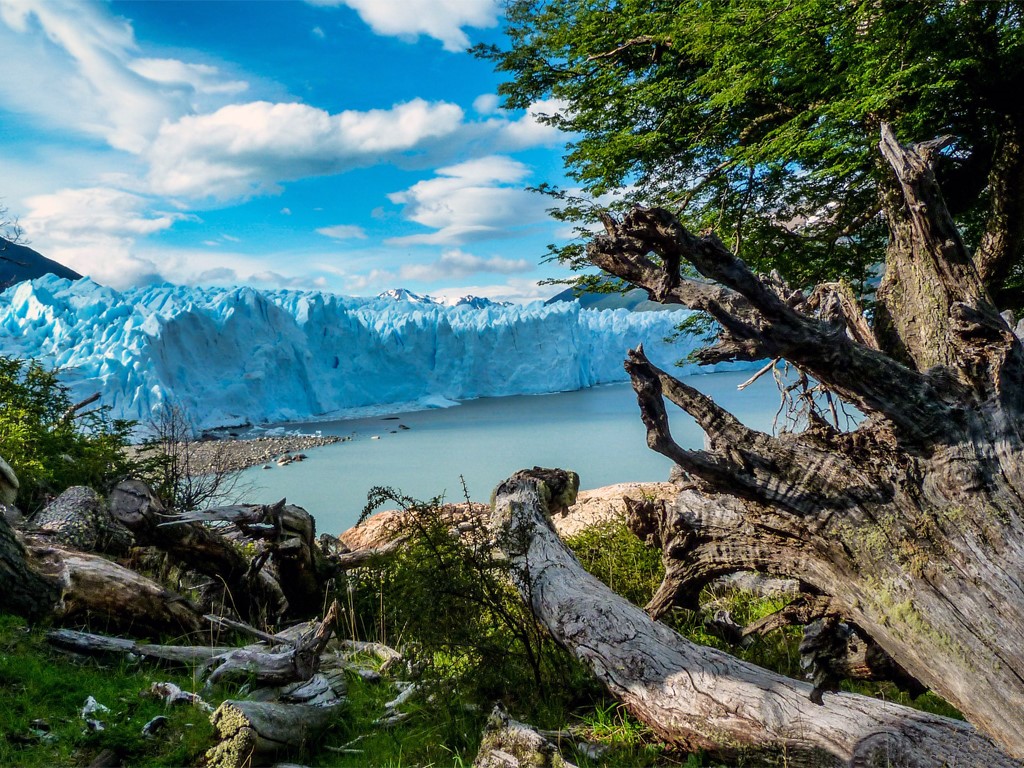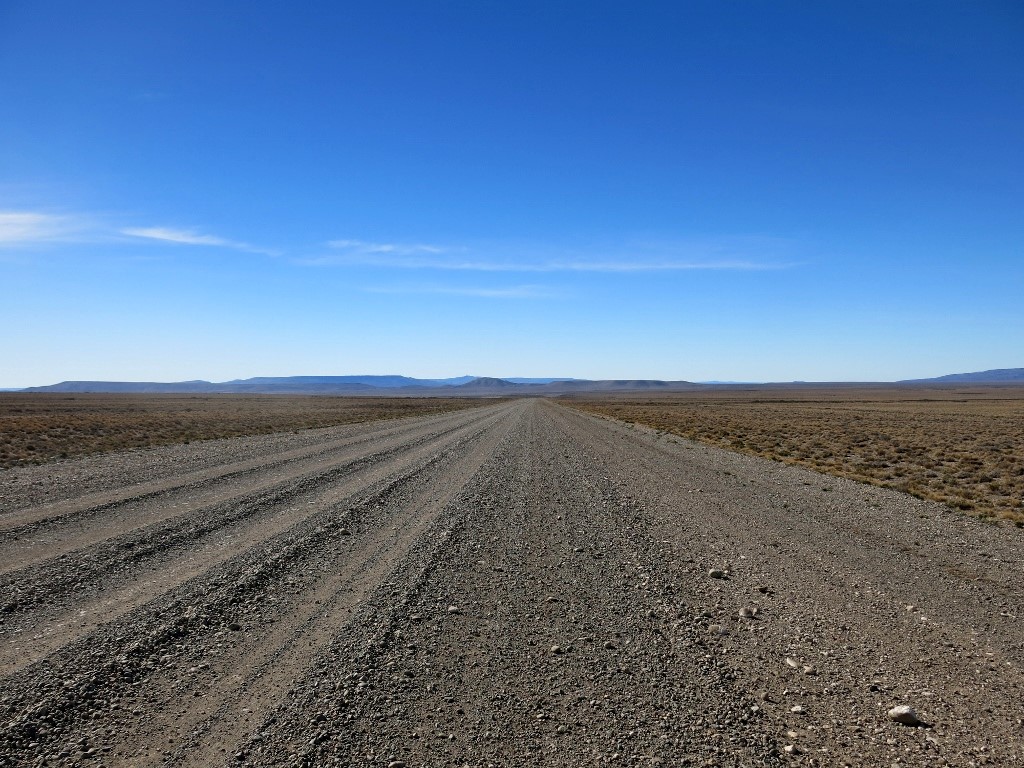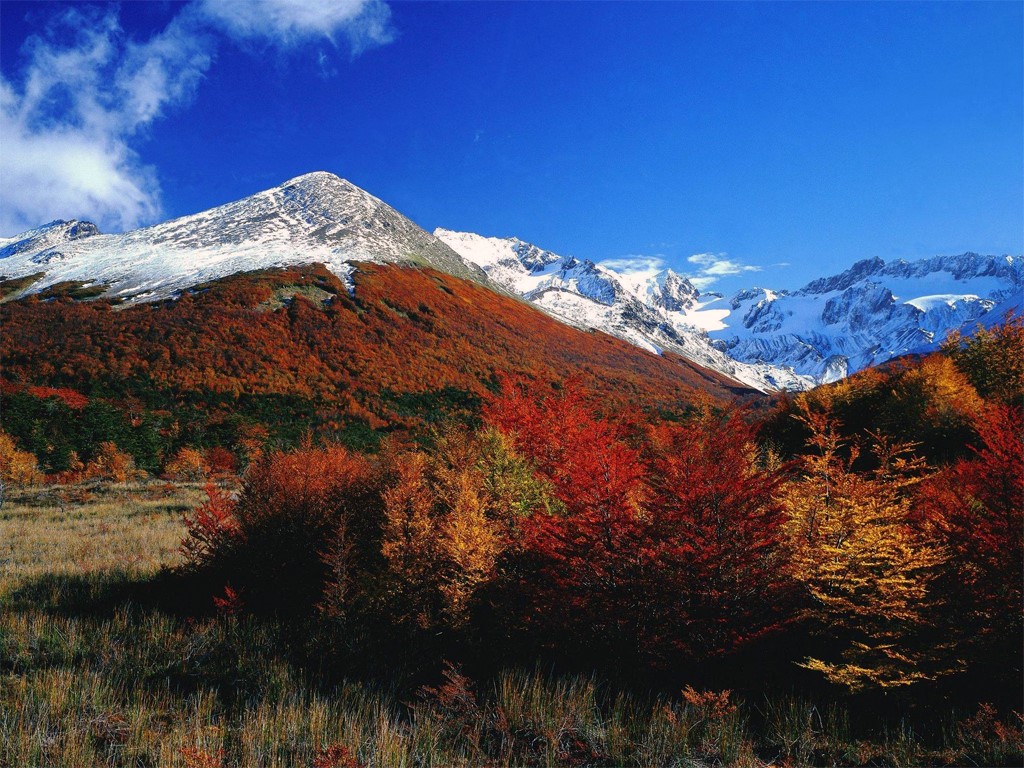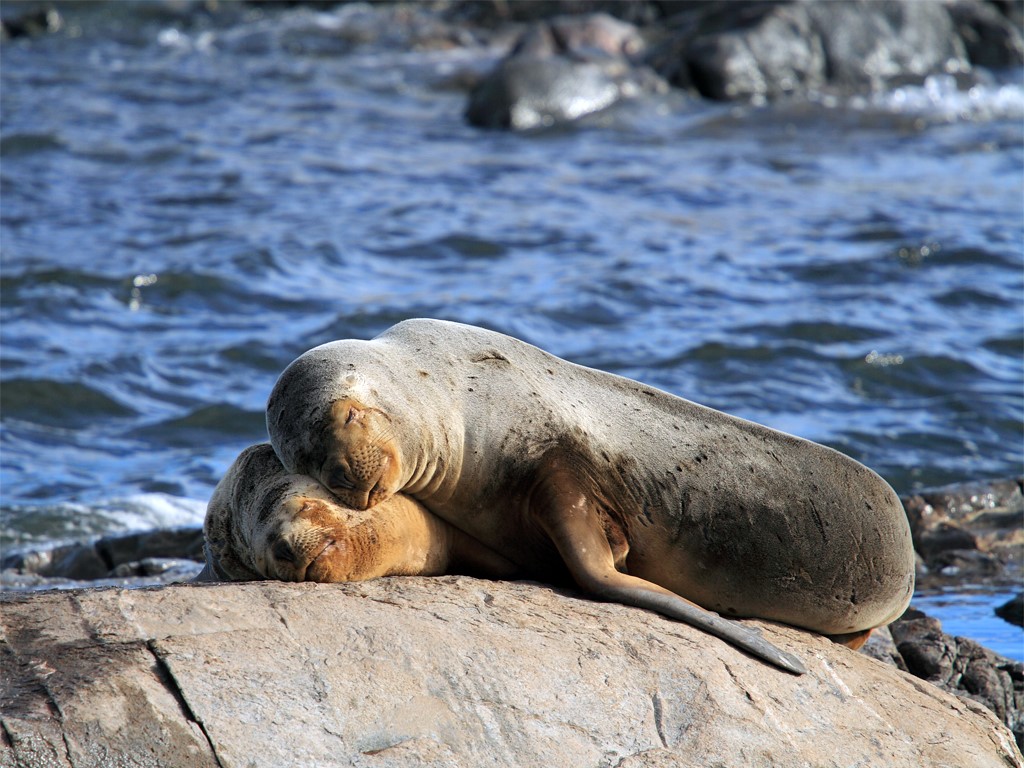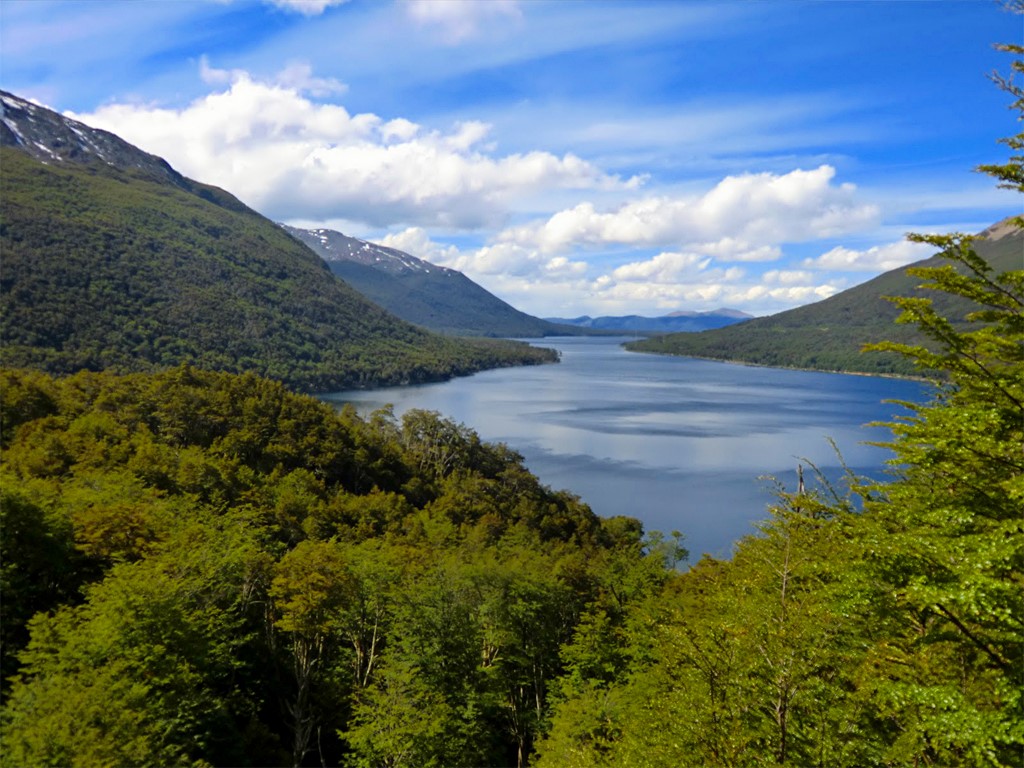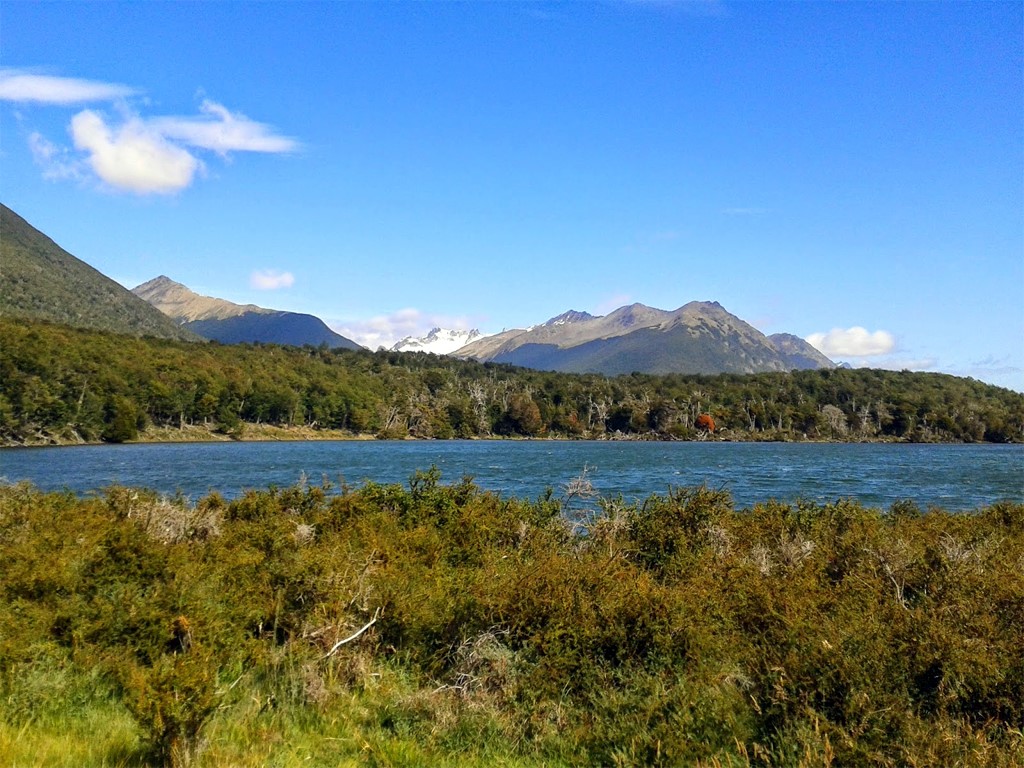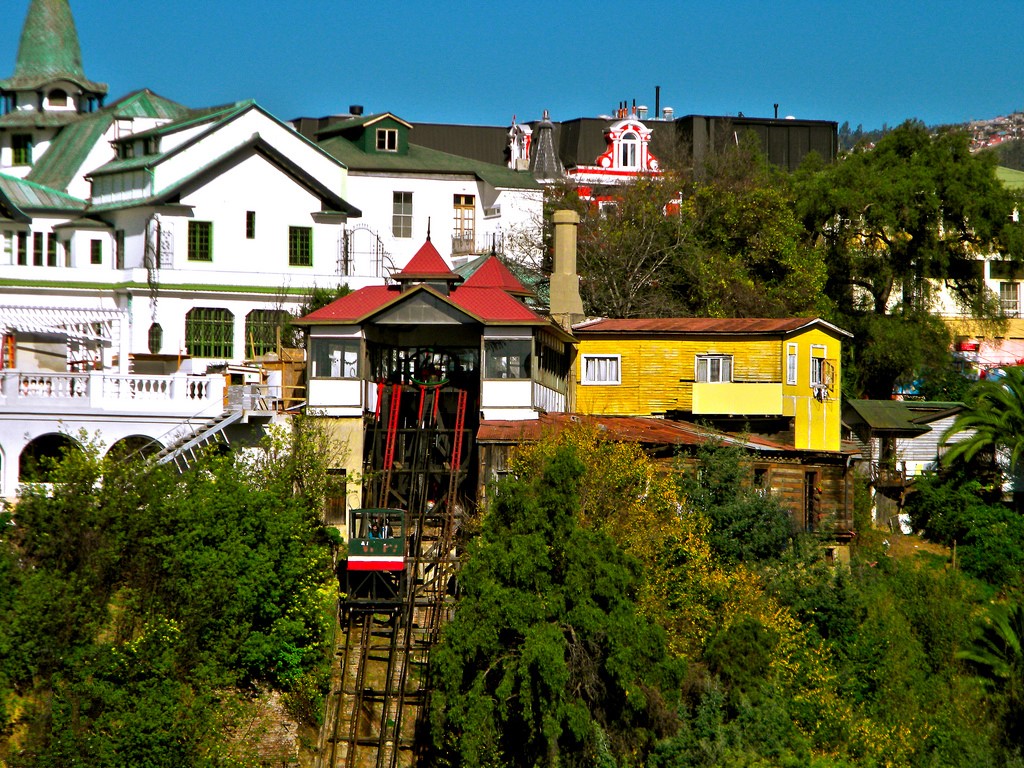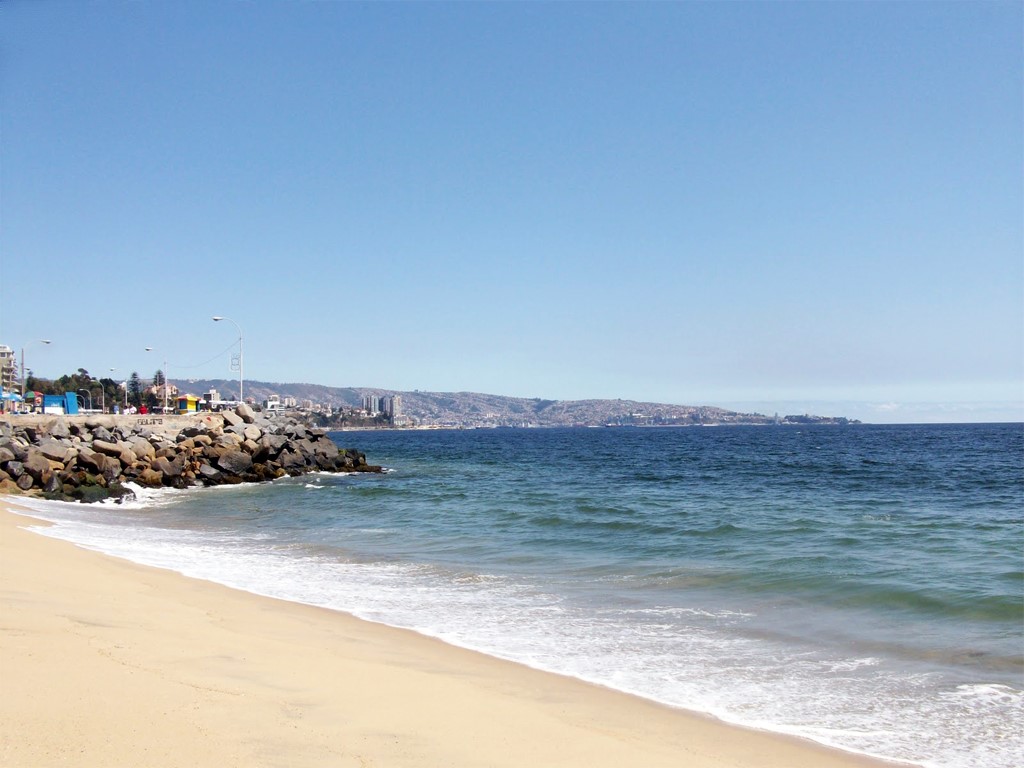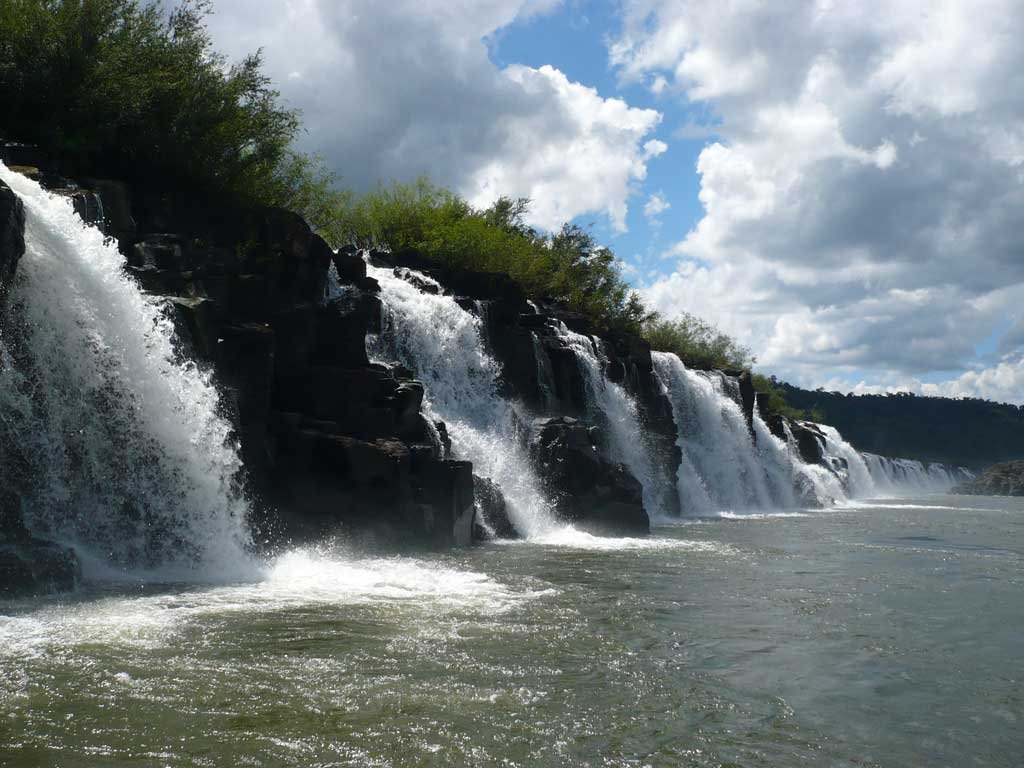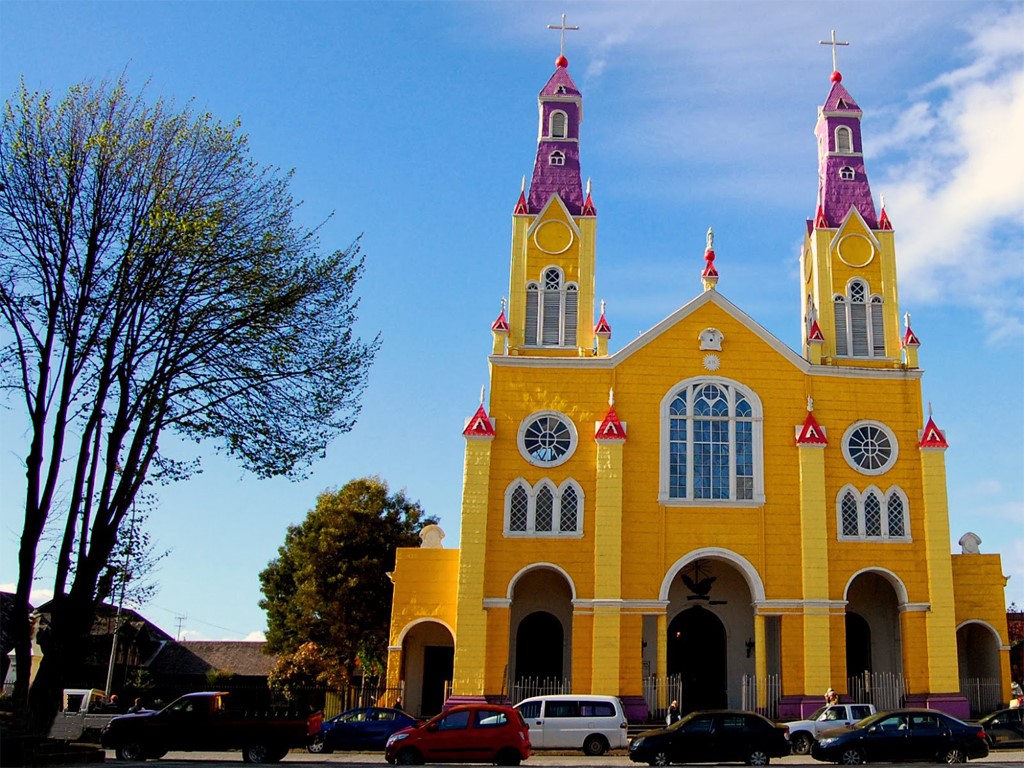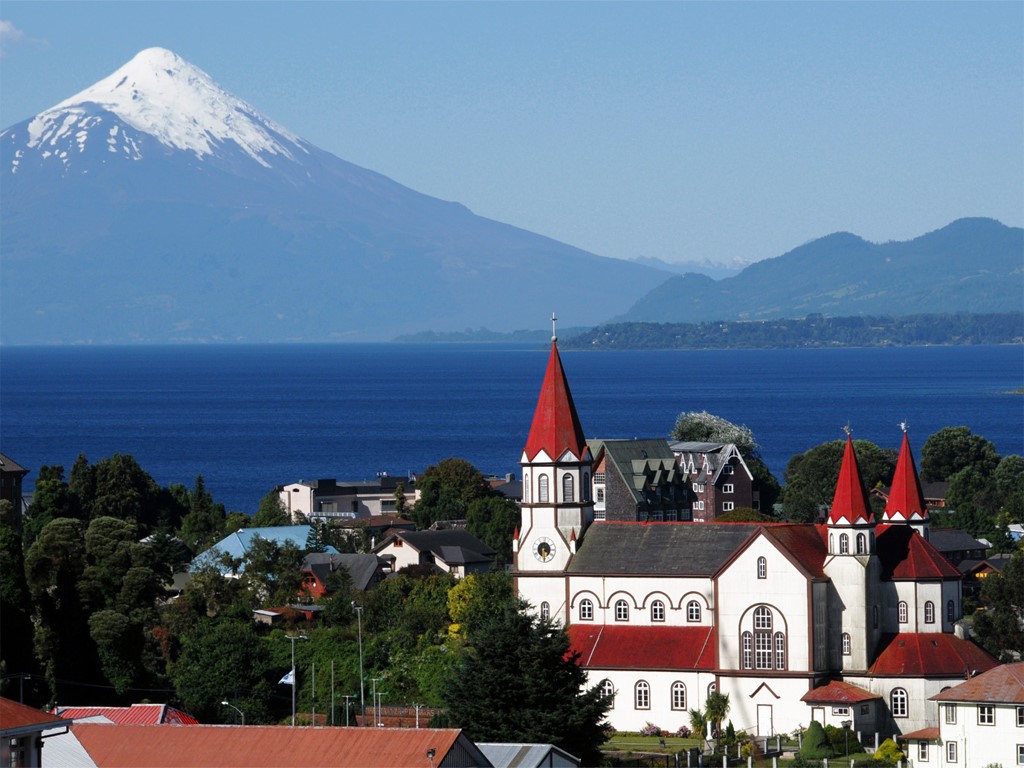I offer hundreds of excursions throughout Argentina and Chile. Listing them all is impossible as they are varied, different and adapted to the desires of travelers.
Most of them are accompanied by vehicle travel, punctuated by numerous stops which will allow you to discover wild sites, villages, local characters more closely, etc. Here are some examples of excursions that I offer you, knowing that many others are possible and in regions other than those presented below.
Discovery tour in Northern Chile
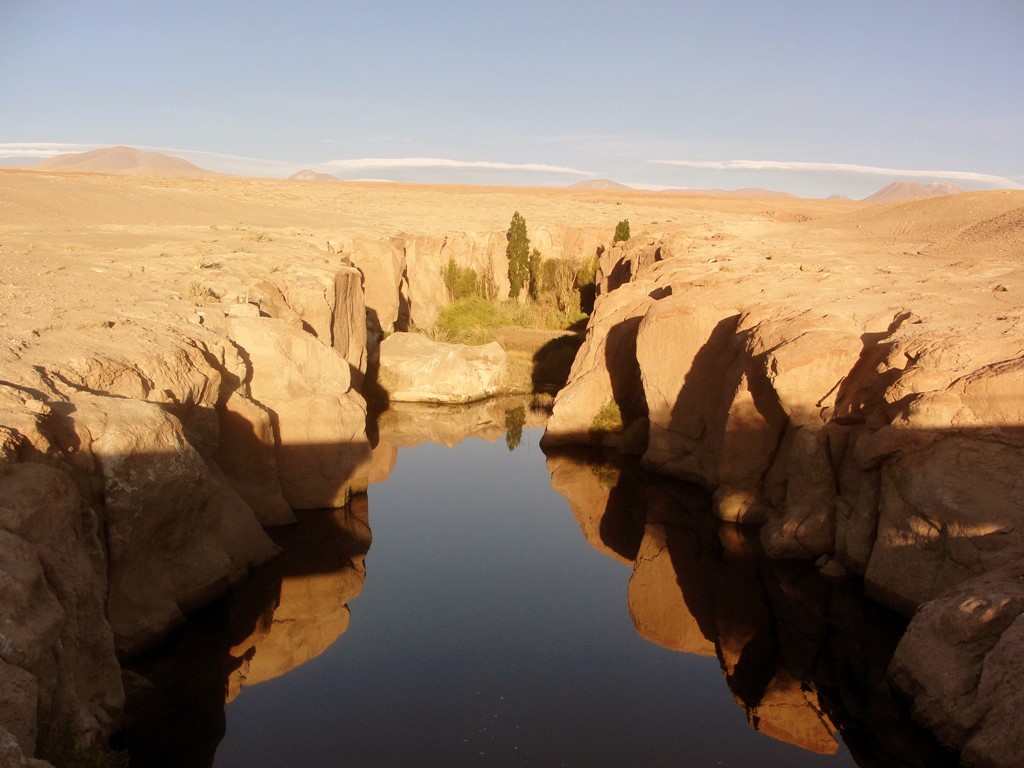
Discovery of the Atacama region
Departing from San Pedro de Atacama – You’ll discover grandiose sites such as the “Salar de Atacama”, the 3rd largest salt reserve in the world, which extends over 300,000 hectares, splendid and renowned throughout the world!
Visit the village of Toconao, built on the edge of the “Quebrada de Jerez”, on the foothills of the Cordillera. The top of the village offers a panoramic view of the Salar and the vegetation of the Quebrada, contrasting with the aridity of the desert.
Then, we head towards the Miscanti and Meñique lagoons, located at an altitude of 4,300 m. These sites are integral parts of the “Los Flamencos” national nature reserve: a privileged place where birdlife abounds, particularly thousands of pink flamingos. The landscape is striking in contrasts and bright colors.
Patagonian lakes route
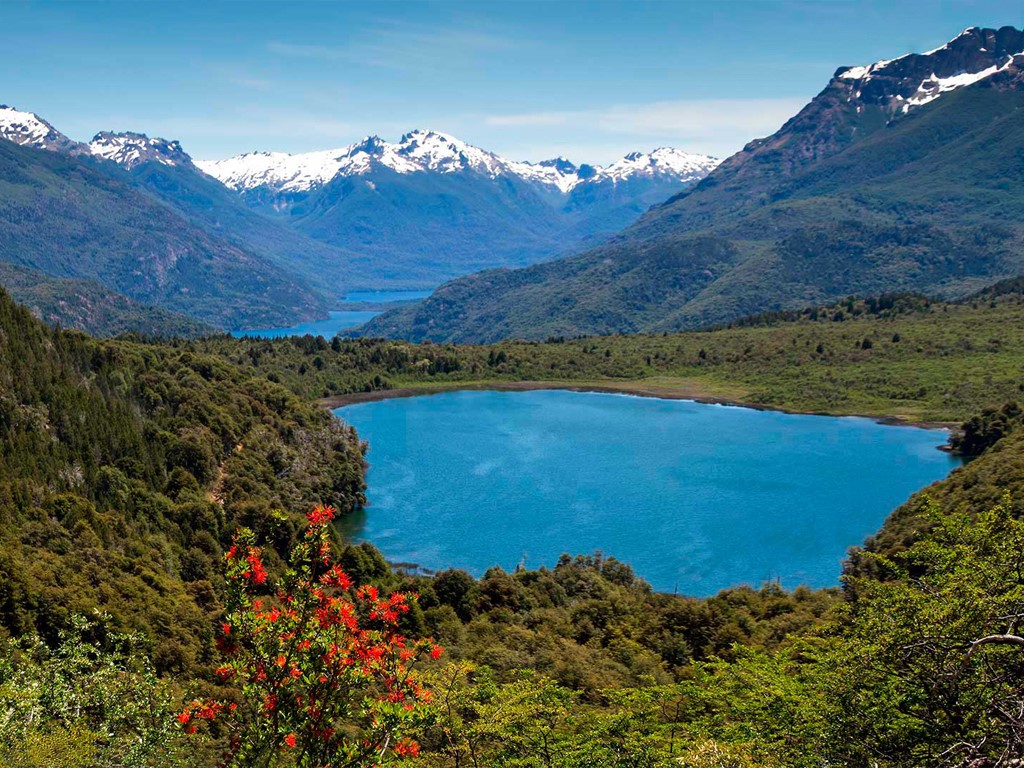
Lago Steffen, trails around the lakes in Bariloche
At 150 km, departing from San Carlos de Bariloche – Route on the road which runs along the sumptuous Gutierrez, Mascardi and Guillelmo lakes. From there, we’ll leave Route 258 for a track type path.
We’ll pass Laguna Huela-Hue and arrive at the panoramic point to contemplate Lakes Steffen and Martin. Then, after a steep descent, we’ll arrive at the quietest place in the area and one of incredible tranquility: Lake Steffen.
This place is very little known to tourists, you can stay for hours and hours listening and observing this unique place.
Thematic visits in Buenos Aires
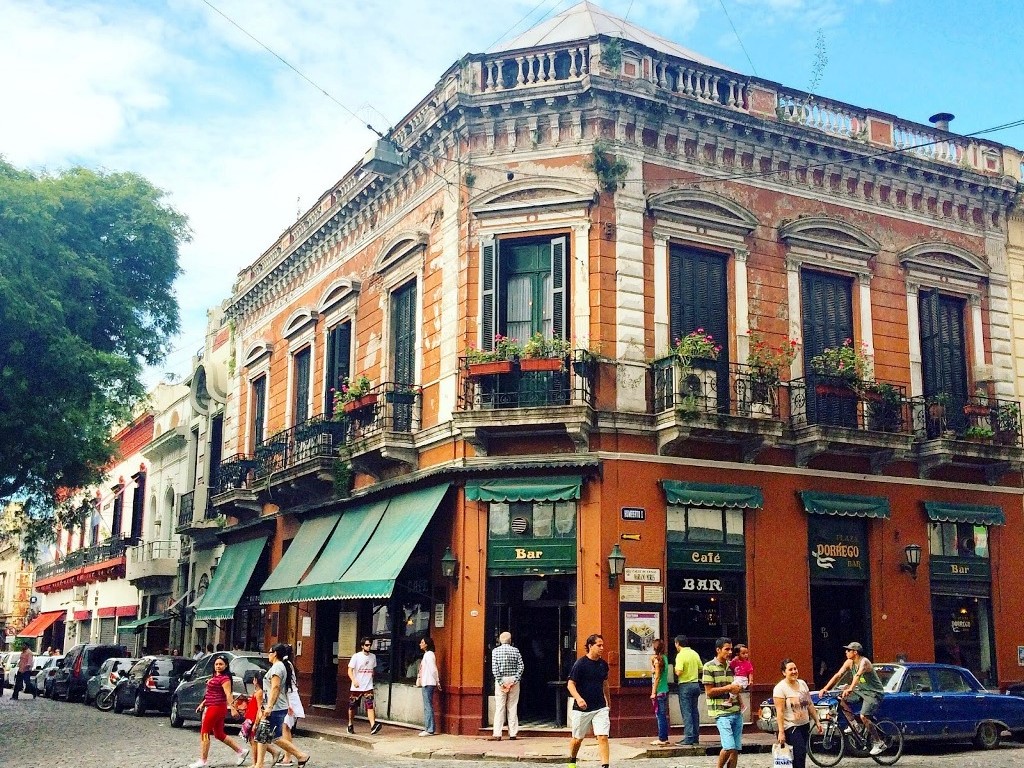
Aristocratic Buenos Aires
We can easily follow the traces of the movements of the Argentine aristocracy, going from south to north. After abandoning San Telmo, their first settlement, at the end of the 19th century, the wealthiest families of Portuguese society moved north, where, during the first decades of the 20th century, a true national “Belle Époque”, they endeavored to make the appearance of their places of residence the mirror of their power. French architects and engineers were called to carry out plans and constructions, worthy of making Buenos Aires the rival of Paris, then the center of the world. The city, at the same time, would free itself from its colonial heritage and become the main Latin American metropolis.
Visit to antique dealers
This excursion adds to the essentials of our classic guided tour, a visit to the workshop of Juan Carlos Pallarols, one of the most recognized goldsmiths in the world, as well as the boutiques of the prestigious antique dealers in the San Telmo district.
Our tour begins at Plaza de Mayo, where we’ll visit the Casa Rosada, the Cabildo and the Metropolitan Cathedral. We’ll then wander the cobbled streets and enjoy the atmosphere, both colonial and modern, of San Telmo. We’ll also visit some of the antique shops in Plaza Dorrego. In San Telmo there’s also the workshop of the goldsmith Juan Carlos Pallarols, the greatest specialist in working with silver in the colonial style. We’ll thus go back in time, well beyond the industrial era, to a time when objects bore the distinctive mark of their creator, thanks to techniques that were passed down from father to son. Pallarols has manufactured objects for eminent personalities, such as Felipe de Borbón, Juan Carlos II of Spain, Máxima Zorreguieta, François Miterrand and Nelson Mandela.
Tango as a symbol of Porteño culture
In addition to being specifically porteña music, tango has that magic capable of touching everyone’s heart, including those who have never visited Argentina. Some, seduced by the mystery and sensuality of this dance, feel an immediate and urgent desire to learn it, and cannot stop before having perfect technical mastery; others, simply captivated by the music, come to Argentina to learn about the origins of tango, listen to it and see it danced in its origin country. This fascinating itinerary establishes a parallel between the history of the city and the history of tango, covering the different stages of its development, from its birth in the suburbs, through its consecration on Avenida Corrientes, to its internationalization.
Milonga
If tango is indeed a typically “porteño” (“from the port of Buenos Aires”) product, it has experienced a real “boom” in recent years, thanks to tourism and new generations determined to reclaim their rich heritage. The Milongas circuit, these establishments where people of all ages, all origins and social backgrounds, dance until late in the night an authentic tango, far from the spotlight of more commercial shows, has been revitalized. Each Milonga has its own calendar, its dance style and its designated audience. We’ll visit two of them, to be defined depending on the day on which the visit will take place.
Evita
Eva Perón is a global symbol of women’s struggle against patriarchal oppression. In Argentina, her personality is subject to controversy: adored by the poor classes, to whom she gave her support during her short but intense political career, but hated by the aristocracy against whom she led an ardent fight, she never left anyone indifferent.
Writers from Buenos Aires
This itinerary, designed for literature lovers, will put us in contact with the genesis of modern Argentine literature. Based on the opposition between the writers of Florida (among whom Borges and Girondo), and those of Boedo, some defending art for art’s sake, others, art as a mirror of society, our guide us will take you through the most emblematic places associated with each other, and, by reading poems and prose extracts, will offer to illuminate the current scenery from this fundamental tension.
Argentine Painting
Argentine Art enjoys an excellent reputation internationally. During this itinerary, we’ll visit the city’s two main collections of Argentine art (those of the MNBA and MALBA) and two museums dedicated to influential artists (the Xul Solar Museum and the Quinquela Martín Museum). We’ll also admire the frescoes painted by the great Raúl Soldi in the Galería Santa Fe.
We’ll first visit the National Museum of Fine Arts (MNBA), whose varied and high quality pieces come from Europe and Latin America, then we’ll visit the MALBA, dedicated to contemporary Latin American art.
In Retiro we’ll visit the Galería Santa Fe, where we’ll admire the murals frescoes by Raúl Soldi. In 1953, when this gallery was built, there was already a fresco by Soldi on site. For years, “The Lovers” remained in public view. Little by little, advertising posters covered it. But in 1998, Soldi’s fresco came back to light, restored and splendid.
We’ll then go to Barrio Norte to discover the Xul Solar Museum, a small museum located in the former home of the painter and poet, so influential on the Argentine avant-gardes.
Finally, in the La Boca district, we’ll visit the Quinquela Martín Museum, child prodigy and soul of the district. Quinquela, by painting scenes from the life of port workers and the humble, helped to fix the imagination of La Boca in the Porteño soul.
Blind wine tasting
Argentina has a rich wine tradition, and in recent years, this national pride has won the respectful support of the entire world, both among oenologists and in the specialized press, and among the general public, who have discovered real treasures in boutiques and wine merchants in world cities.
We offer you a blind tasting, in a pretty house in Palermo. Our hosts, professional sommeliers, will take us on a sensory adventure that will allow us to sharpen our taste buds and discover the subtle mysteries of this beverage. The tasting will begin with an excellent Torrontés from the Calchaquíes Valleys, combined with other white wines. These wines will pair with the starter.
7 Lakes Tour
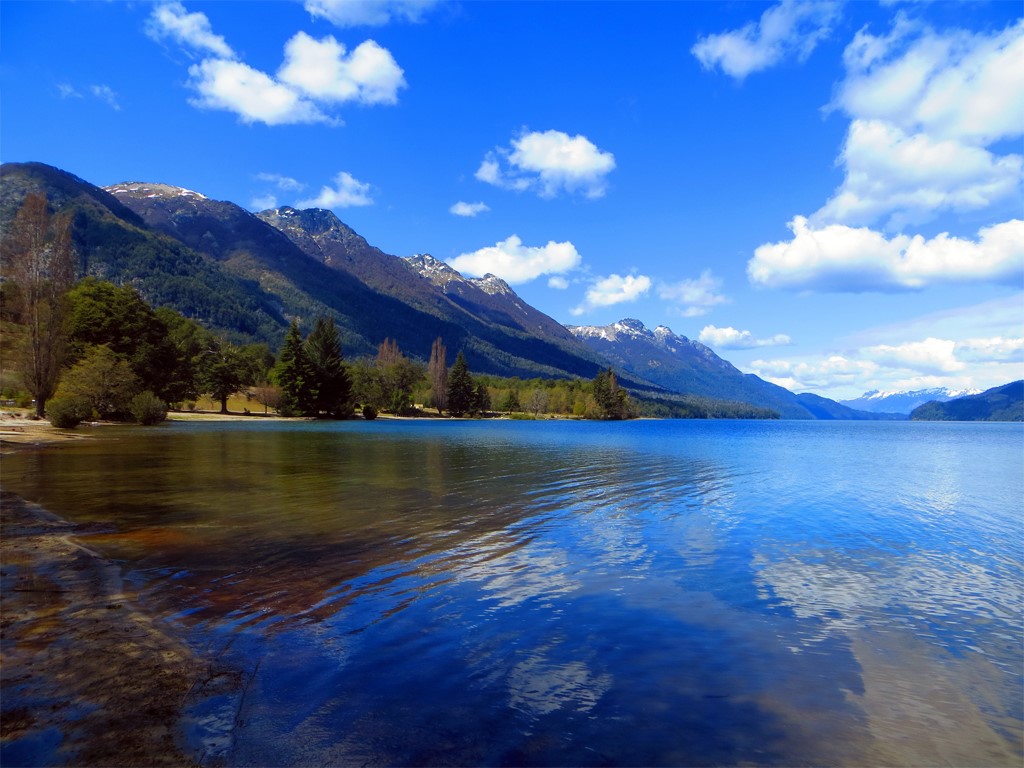
The Route of the 7 Lakes to San Martín de los Andes
Departing from San Carlos de Bariloche, passing through Villa La Angostura, to take the Route of the 7 Lakes in 2 or 3 days, with accommodation on the way. This route can be done by vehicle on Route 40 to San Martín de Los Andes, with stops at the main lakes.
On this charming tour of Northern Argentine Patagonia, we’ll note the main points of interest: the panoramic views from the northern coast of Lake Nahuel Huapi, winding the road which leads to Villa La Angostura, a small town surrounded by lakes, from where we then take the route of the Correntoso, Espejo, Villarino, Falkner, Hermoso, Machonico and Lacar lakes, up to San Martín de Los Andes. There you’ll admire Lake Meliquina, La Casa de Piedra, Paso del Cordoba, Confluencia and Valle Encantado (“enchanted valley”).
Visit to one of the most beautiful parks in Chile
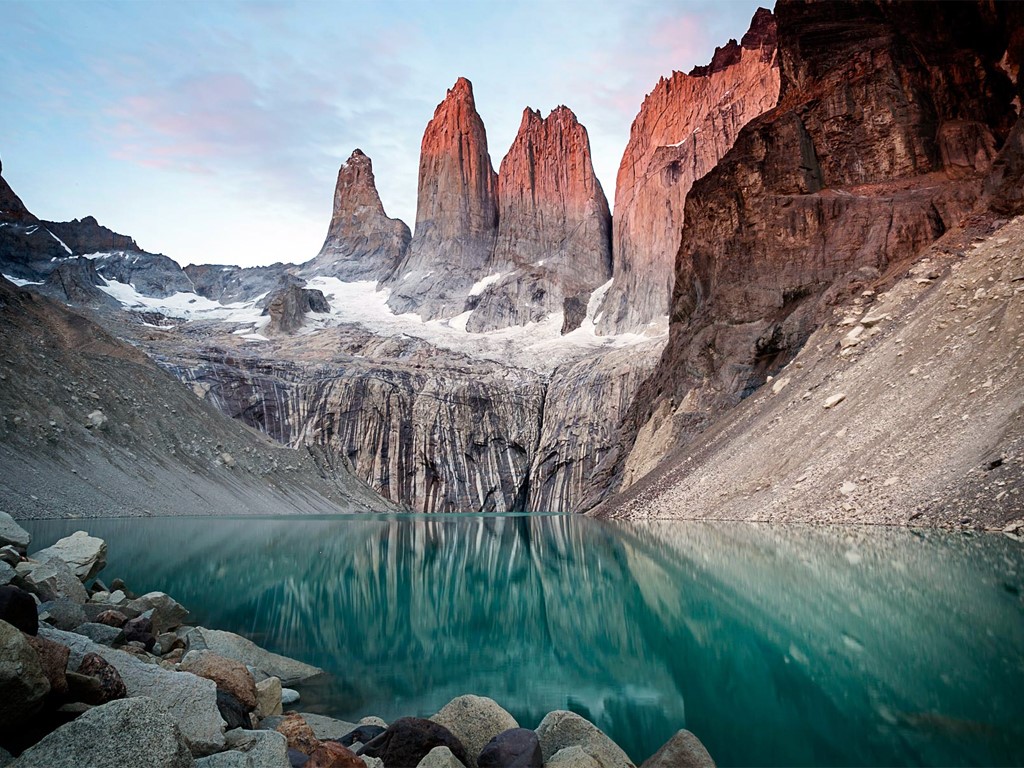
Torres del Paine National Park
While Argentina owns the largest part of Patagonia, corresponding to an immense expanse of steppe devoid of vegetation, Chilean Patagonia has, for its part, territories made up of rainy islands, containing a grandiose mountain massif, where we find the Torres del Paine. The prodigious natural spectacle offered by the Torres del Paine National Park is one of the most beautiful in Chile.
In the middle of a gray pampas, mountains suddenly emerge which rise towards the sky, reaching 2,000 meters in altitude, crowned with teeth and fingers of granite – the famous “towers”. Gigantic glaciers descend from the continental ice field to transform into a crown of multicolored lakes, ranging from glacier-colored gray to turquoise, and finally to cobalt blue. At every turn, the visitor will come across elegant guanacos (llama family), agile rheas (ostriches) and may even see condors watching the scene with a keen eye.
From Puerto Natales, many hikes, lasting one day or several days, are possible, including the famous “W” and the big loop. The Torres del Paine National Park can also be visited on horseback or by vehicle.
Marvel at the Glaciers of Patagonia
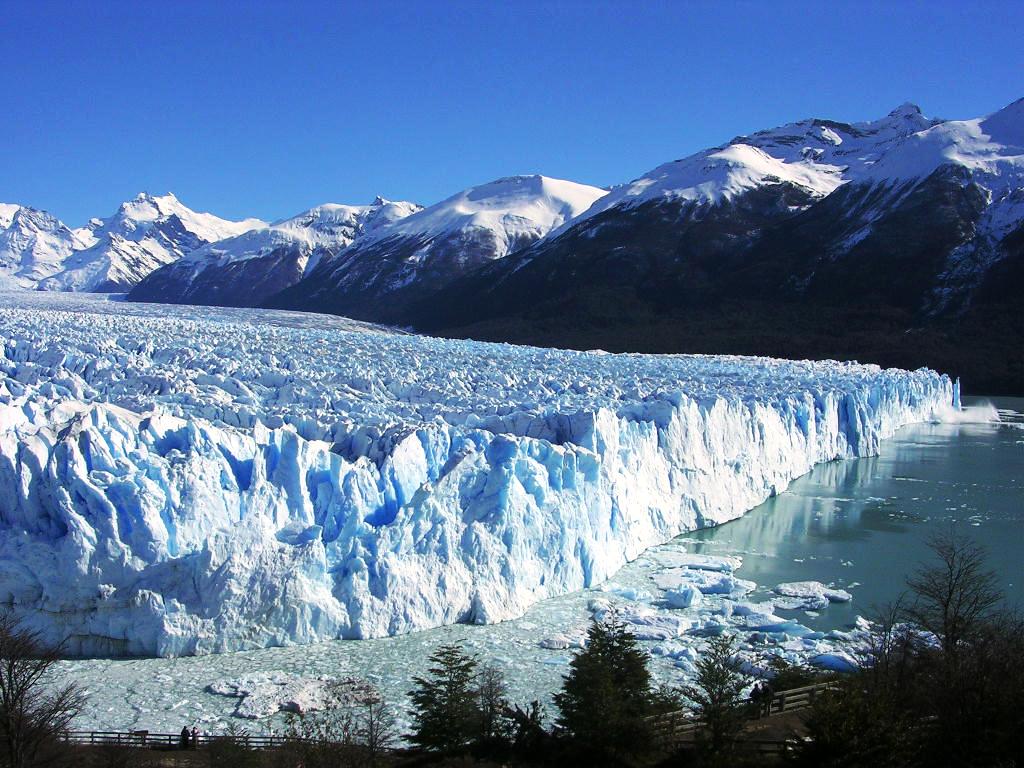
The Perito Moreno Glacier
80 km from El Calafate, there’s certainly the most spectacular natural phenomenon in all of Argentina: The Perito Moreno Glacier. Its access is very easy and can be viewed very closely. With 15 km long, 5 km wide in front, the total area is 260 km² and its maximum height reaches 55 m!!!
It’s the only glacier in Patagonia that is not retreating. In fact, it advances 2 meters per day but also breaks this same distance per day. It’s an incredible spectacle to listen to the sound of the glacier and contemplate the blocks of ice falling into Lake Argentino. You’ll also have the opportunity to observe it from the lake, for an hour aboard a boat. The route is taken by vehicle to the Perito Moreno glacier.
The mythical roads of Patagonia

El Calafate via Route 40
From San Carlos de Bariloche, or from El Calafate, I suggest you take Route 40 to connect these two cities by crossing Argentine Patagonia, from North to South – from South to North or why not a round trip! The vehicle journey takes place over 2 days, with one night in the middle of the route.
Between Bariloche and El Calafate, is the legendary Route 40. A route of more or less 1,200 km, almost entirely on the track, where most of the time we do not meet anyone for hours and hours… On this legendary path, we’ll visit, from North to South, fabulous places like: San Carlos de Bariloche, El Bolsón, Esquel and the Los Alerces National Park, Los Antiguos, Cuevas de las Manos, El Chaltén and El Calafate.
For those with a little time, this is truly a fantastic route to experience and it’s possible to complete the route in both directions.
Excursion to Tierra del Fuego National Park
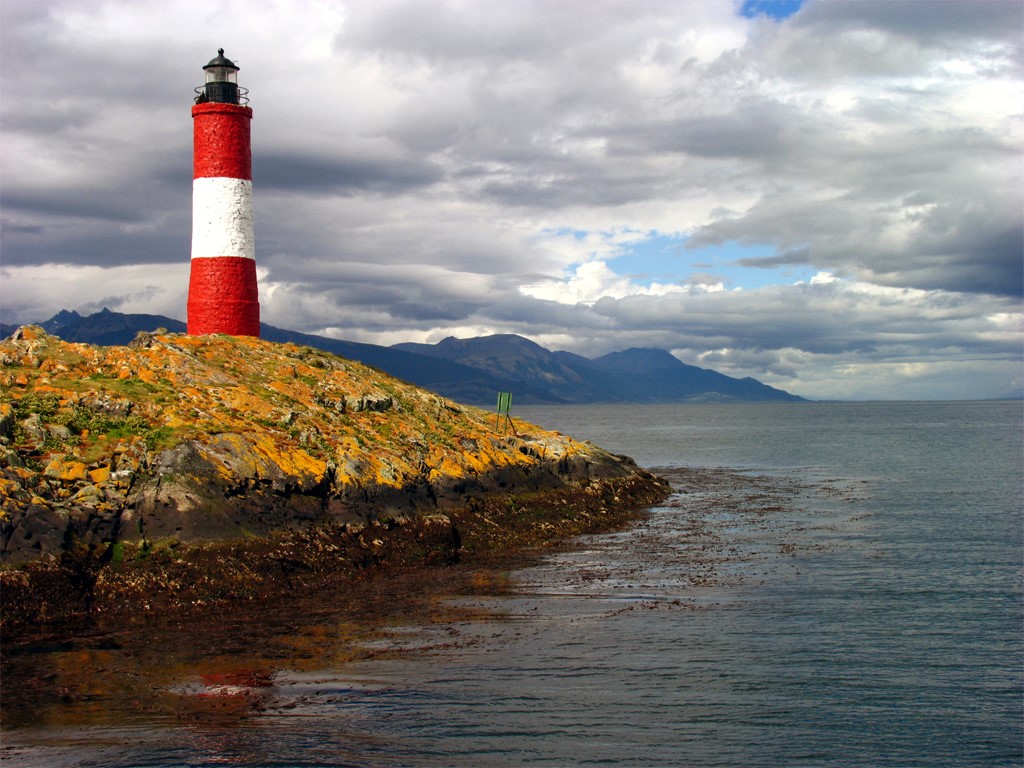
Tierra del Fuego National Park
A full-day hiking excursion, including 4 hours of walking. From Ushuaia, we travel by National Road 3 towards the West, a road which extends its 3,000 km along the Atlantic coast, between Buenos Aires and the Lapataia National Park in Tierra del Fuego, and which leads to the Beagle Channel. On the way, we observe the superb landscapes of the Río Pipo and Monte Susana valley.
After a 12 km journey, we enter into the Tierra del Fuego National Park, where we visit Ensenada Bay, Lake Roca and Laguna Verde, of surprising beauty. We’ll be able to enjoy the very special forests, observe beavers with patience and a good eye, contemplate the birds of the park. Finally, we arrive at Lapataia Bay where National Route 3 ends to return to Ushuaïa.
Excursion around the lakes of Ushuaia
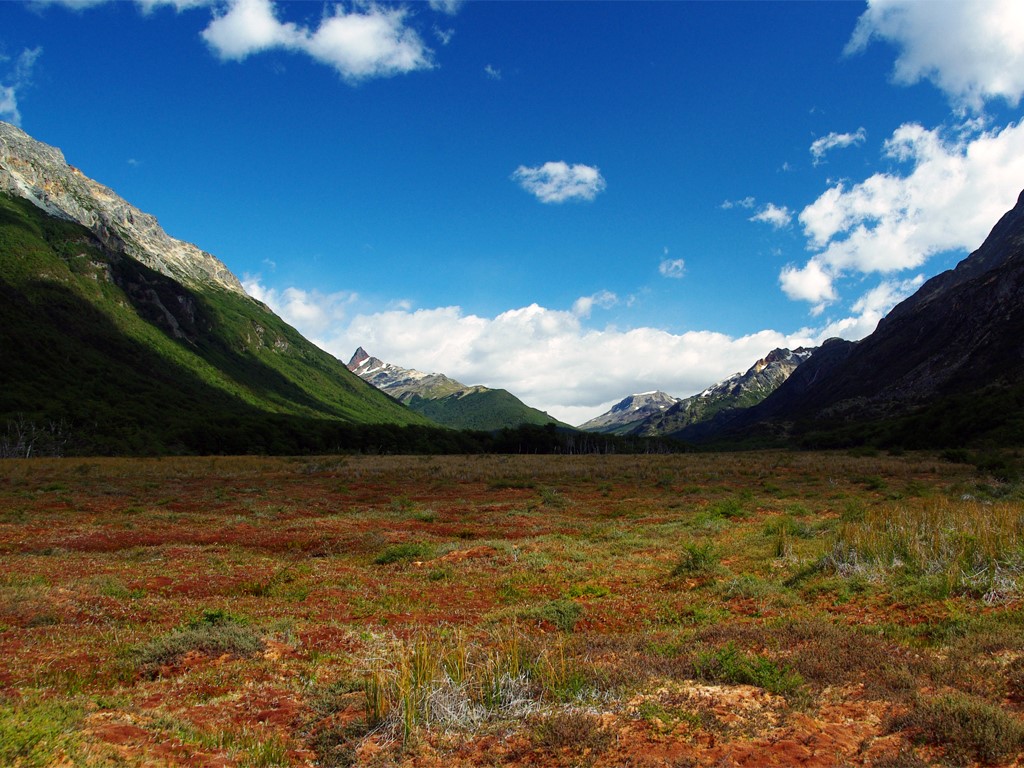
Lakes Escondido and Fagnano in Ushuaia
Towards the Northwest of Ushuaia, a path runs through wide valleys, forests and rivers. We then pass by the Olivia River and the Velo de Novia Waterfall, then by the Carbajal and Tierra Mayor Valleys.
After 30 km, this picturesque route begins to climb the mountain to arrive at the highest point: Paso Garibaldi. From this viewpoint, there’s a spectacular view of Lake Escondido and further down, the immensity of Lake Fagnano. To get to the edge of Lake Escondido, we have to walk 45 minutes; there’s an inn near the lake. From there, you can follow the lake to arrive near Lake Fagnano, the largest lake on Tierra del Fuego Island.
Excursion to Valparaiso in Chile
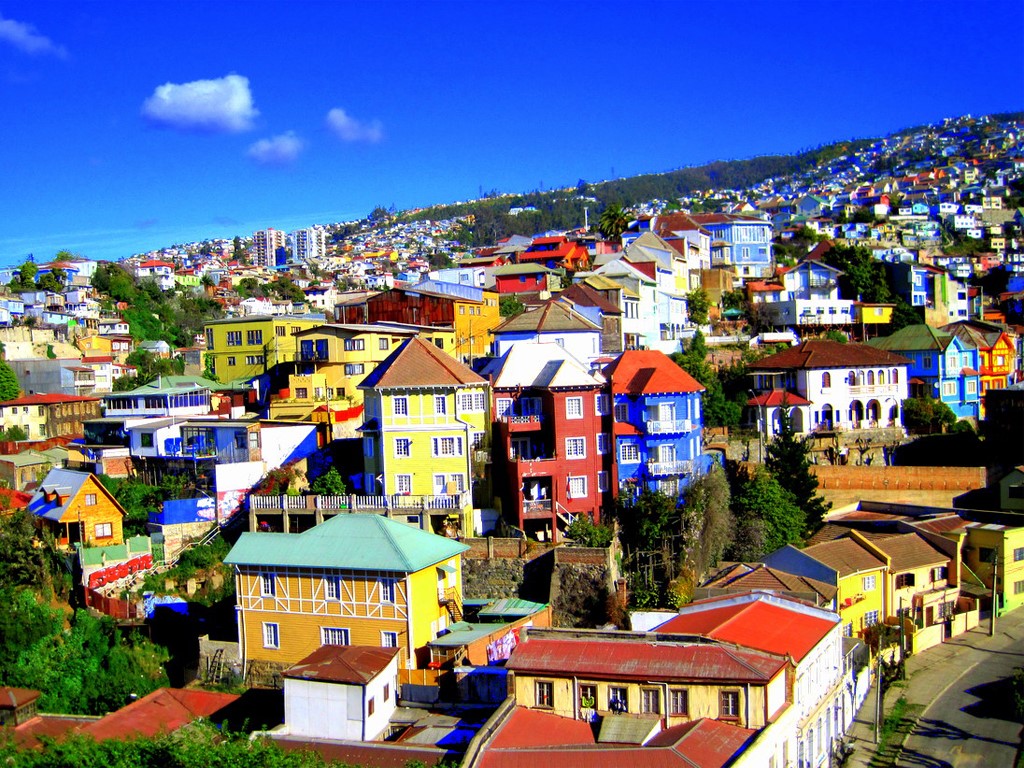
Valparaiso and its hills
Excursion to one of the most picturesque ports in the world: Valparaiso, a city built on 45 hills around the harbor and the port. Declared World Cultural Heritage by UNESCO in 2003. You’ll discover the National Congress, a modern building bequeathed by General Pinochet at the end of the 1980s, Victoria Square surrounded by the cathedral and the municipal library, Sotomayor Square with the monument to the national hero of the Pacific War, Arturo Prat. From there, you will have access to the entrance to the port with its commercial and tourist activities.
The visit continues in the hills, with very beautiful views from the Miradors of 21 de Mayo or from the “Paseos” Atkinson, Gervasoni and Yugoslavos, surrounded by beautiful residences and tangled streets.
It’s also possible to take one or more funiculars to access these Miradors, such as Artilleria, El Peral or Concepción. In Viña del Mar, you’ll discover an ultra modern city nicknamed the “garden city” with its flower clock, its casino, Peru Avenue, Vergara Square, its carriage rides, its beaches (notably Reñaca) and the Quinta Vergara, very beautiful park which surrounds a Venetian-style palace built at the beginning of the 20th century by the granddaughter of the city’s founder.
Excursion to Misiones “Saltos del Moconá”
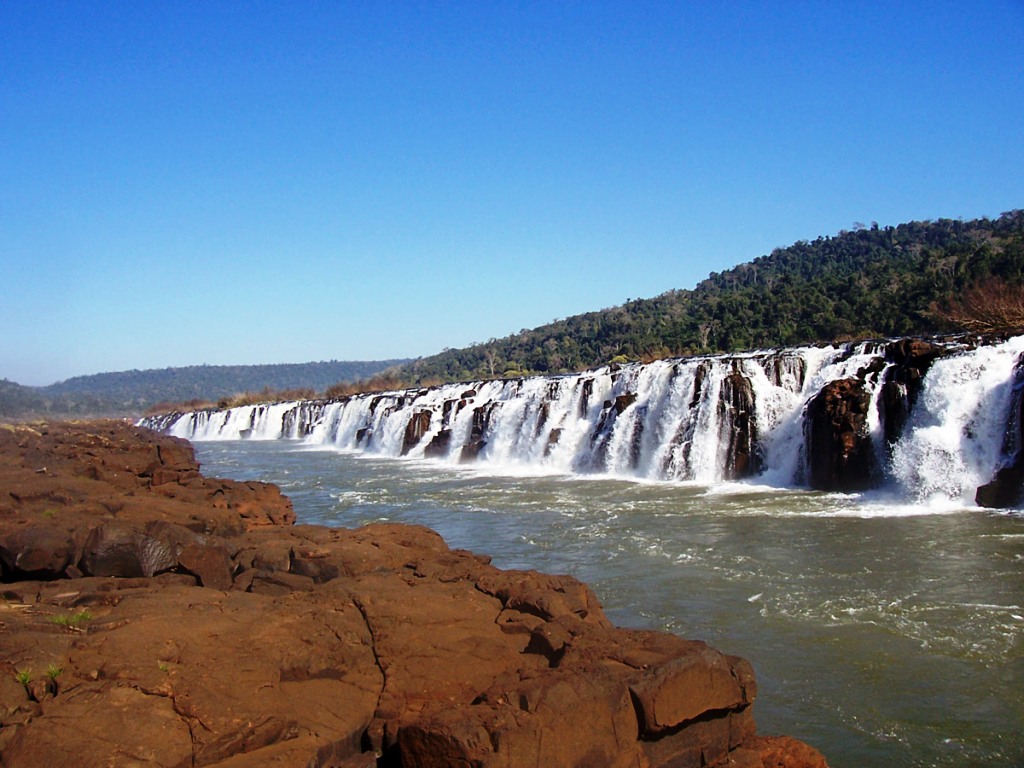
Moconá Falls
For this day, I suggest you discover the incredible and little-known Mocona Falls. This is truly my favorite for this region in Argentina. These falls are the longest in the world… 2 km long and 20 m high, flow into the Uruguay River, facing Brazil, in a 3 km long rift.
To access the Mocona Falls, we cross the province of Misiones from East to West and discover this region of Argentina that we nickname here the “colored land”. We pass through charming villages, alongside mate and tea crops… which represents a 4-hour drive in total. Then we board a Zodiac to reach the Mocona Falls and enter to this impressive rift…
If you want to stay and sleep in the area, you can find accommodation completely lost in the jungle. All-bamboo lodge, full of charm, an ideal place to escape from the world, surrounded by nature.
Excursion to Chiloé Island
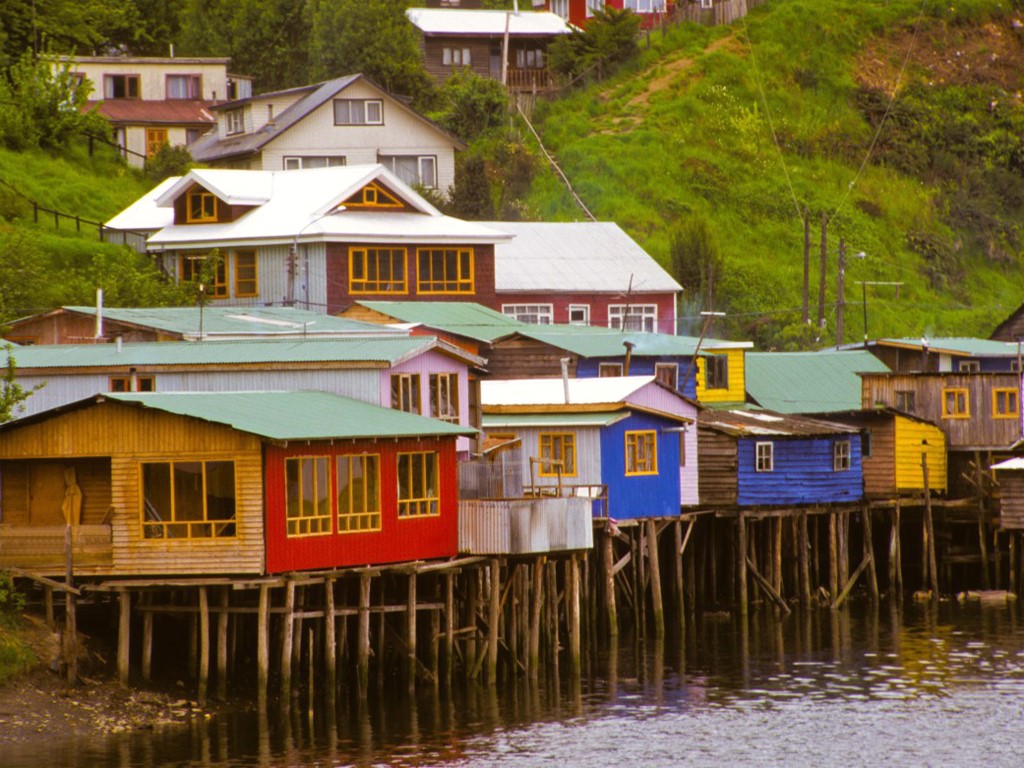
Chiloé National Park
In addition to the Chiloé National Park, the island is also known for its wooden houses on stilts “palafitos”, covered with wooden tiles in the shape of fish scales. There are also wooden churches dating from the 18th century. UNESCO has classified fourteen of these churches as Cultural Heritage of Humanity. Some of them are easily accessible: the San Francisco Church in Castro or the Santa Maria Church in Achao on Quinchao Island.
The Ancud Regional Museum exhibits drawings of these churches and plans of the different constructions (open between 9 a.m. and 6 p.m. with a lunch break which varies according to the seasons). An unexpected visit: the MAM Chiloé, Museum of Modern Art (“Parque municipal de Castro”), bringing together one of the most important collections in the Southern Cone, founded in 1988 by “crazy for art and freedom”, aiming to be neither Chilot nor Chilean, but universal, with a major annual demonstration from January to March.
 English
English Español
Español Français
Français